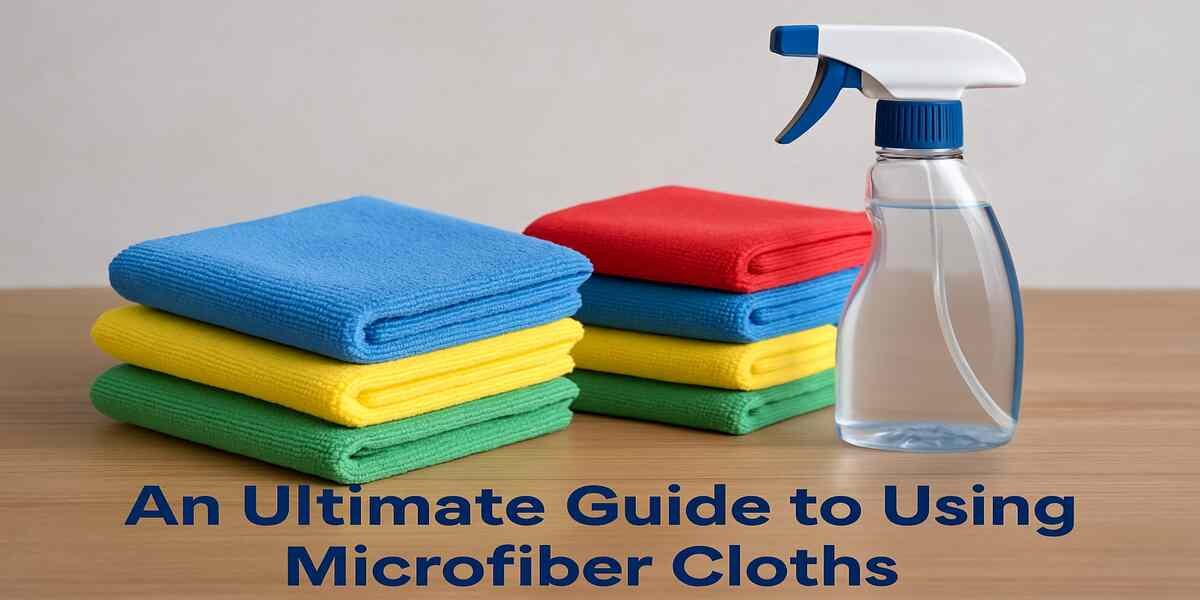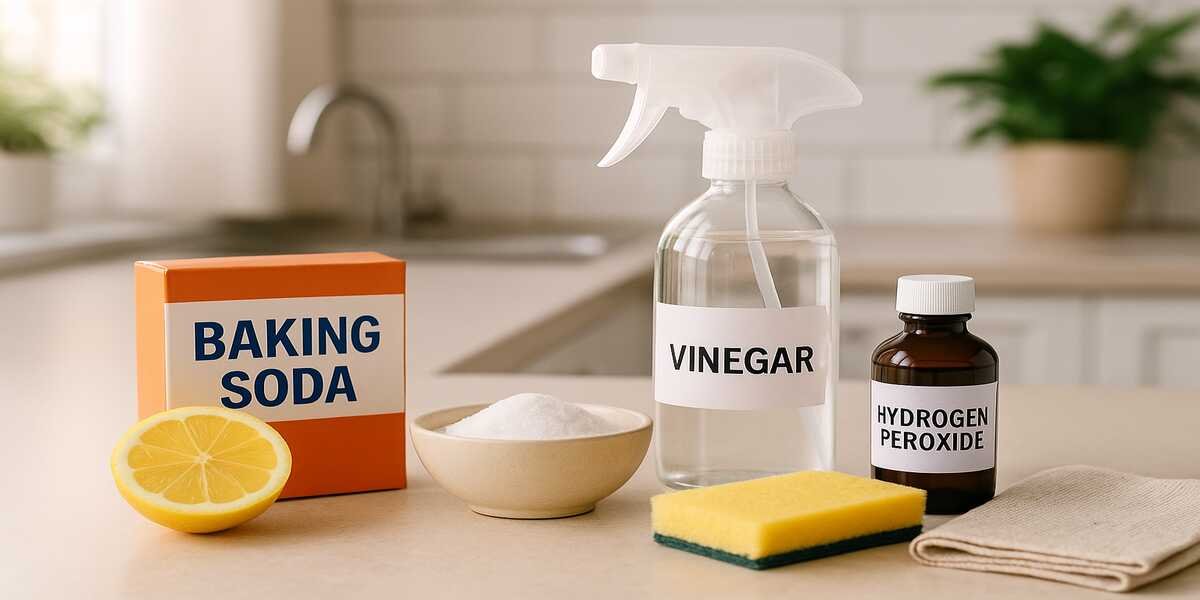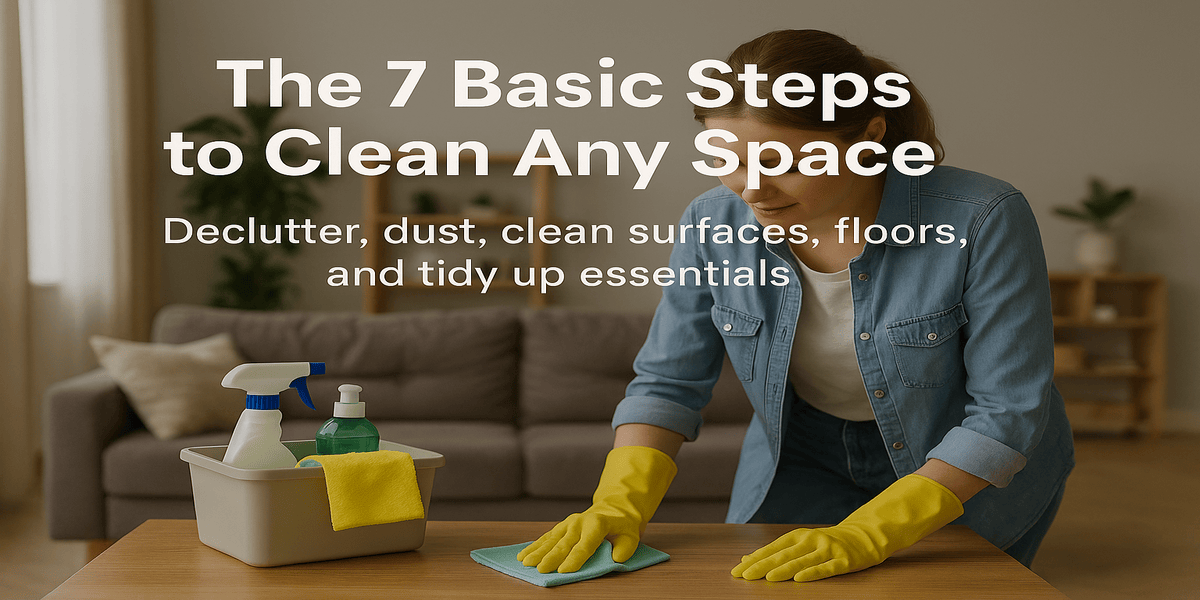An Ultimate Guide to Using Microfiber Cloths

The Ultimate Microfiber Cloths Guide
Ever questioned yourself on whether you are using your microfiber cloths correctly? They are fluffy, pretty, and somehow great at cleaning up dust and grime, but are you using them correctly, or are you unintentionally destroying their performance? They can easily be discarded into a bucket or washing machine, without much thinking. However, the fact is that microfiber cloths are much more effective (and acceptable) than the majority of people perceive. Properly used, they can reduce your cleaning time by half and create a chemical-less sparkling clean without the cleansers. Washed the wrong way, they become one more filthy, greasy rag. You are new to cleaning with a microfiber or want to update your routine, but do not know where to start. Here are the dos and don’ts of cleaning with microfiber that will make it all count.
1. Do: Use Microfiber Dry or Wet -Not Wet
The requirement of such small water to use the microfiber cloth remains one of the best things about the fabric, while Bond Cleaning Southport. The clothes are ultra-fine synthetic materials, which help trap the dust, dirt, and moisture without using soap or heavy wetting. They should be used; dry dusting is required. As a general cleaner, all you have to do is dampen lightly. This will cause the cloth to oversaturate, dilute its efficiency, and merely transfer dirt.
2. Don’t: Use Fabric Softener or Dryer Sheets
The arch enemy of microfiber is fabric softener. It makes the fibres have a waxy film, which destroys their grip and absorption capability. This is true of dryer sheets as well. To ensure your clothes work as well as new ones, avoid using softeners when you wash them. Rather, cleanse with only a mild soap and rinse well to eliminate any encrustations.
3. Do: Laundry with Separation of Cotton or Lint Shedding Clothes
Microfiber picks up lint like a magnet; it does so when you want to clean it, but not when it emerges from the washer covered in lint. Wash your microfiber cleaners separately, never with cotton towels, socks, or fibre shedding. If you wash more than one microfiber cloth, do not mix them with other clothes.
4. Don’t: Wash Oily Surfaces Without Rinsing
Microfiber cloths, when applied, picks up any grease, particularly in the kitchen, inside appliances or counters. However, when it is saturated, it begins to fling that grease all over the place rather than absorbing it. Always wash your clothes thoroughly when you have given them a greasy wipe, or use a clean part of the cloth. To do heavy kitchen work, you can use two cloths, one for the first application and the other for finishing, or rely on Bond Cleaning Gold Coast for deep and professional cleaning.
5. Do: Fold your Clothes into Quarters
When cleaning, you can avoid scrunching your cloth into a ball; however, fold it instead into quarters. That leaves you with the eight clean surfaces, you can simply flip and re need to. This heightens the surface contact and keeps the dirt in one area, so you are not re-spreading it back on the surface.
6. Don’t: Clean Microfiber with Bleach
Bleach might appear to be the remedy for elaborate cleaning, but bleach is known to deteriorate microfiber over time. It disinfects the material, thus rendering it less absorbent and more likely to leave behind streaks. When disinfecting your clothes, use a good detergent and hot water; avoid the bleach effect.
7. Do: Air-dry or Low heat during Low-heat machine drying
Another added advantage of microfiber is that it dries fast. When drying the item using a machine, ensure that low-heat or air-dry is used. The synthetic fibres are vulnerable to melting or distortion through high heat, particularly or especially over time, to maintain the clothes ‘fluffy and absorbent, air-drying, laying them out flat or hanging is preferable.
8. Don’t: Attempt to clean Microfiber on Very Hot Surfaces
A microfiber cloth may melt or be harmed when used on hot surfaces, such as stovetops. Allow the service to cool off, then wipe it off. Microfiber is not very stable to heat the structure of the fibre should be preserved ,which would retain its cleaning ability.
9. Do: Name Certain Colours According to Different Tasks
Be smart with using you microfiber clothes as long as they differ in colours For example, glass is blue, dusting the yellow, kitchen counter is green and the bathroom surfaces are red. This will eliminate the chances of cross-contamination and make your cleaning process well-organised healthy.
10. Don’t: It is not that one Cloth can do everything
Microfiber cloths are as versatile as they come using the same microfiber cloth on all surfaces same microfiber cloth on all surfaces indicate a specific exam fabric the cloth that cleans your toilet seat is not supposed to be the one you are using on your mirrors-,even after being rinsed. Devo clothes critical areas or rooms and alternate they are soiled.
The Reason Why Microfiber Makes Cleaning That Much Easier
Microfiber cloths are magic since they have thousands of microfibers that trap dirt, dust and bacteria by lifting them. They are ideal for allergy sufferers and to green sensitivity Clean people because it helps them diminish the need of sharp chemicals and disposable materials. And they are reusable, washable, and long-lasting- at least, in case they are maintained correctly.
After doing these simple dos and don’t do there are a few benefits as not only will you not improved result with minimum effort but you will save lots, of money by extending the life of your cleaning cloths. This implies less waste, greener surfaces and at the end of the day more savings.
Conclusion
Microfiber cloths have the ability to truly change your cleaning habits when they are used and maintained in the right way. Just go round the shortcuts and adhere to these basic pointers and you will have beautiful glass without streaks, clear furniture without dust, and clean glistening counter tops, yet you just need minimum effort and not harsh chemicals.



